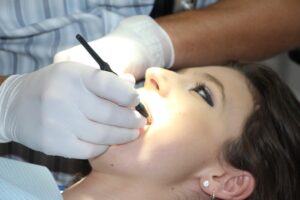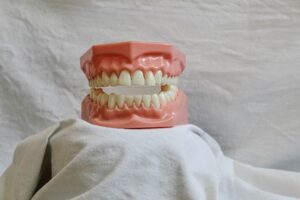1. Cone Beam Computed Tomography (CBCT) with 3D planning. Allows an extremely precise diagnose of skeletal position, skeletal movements, orientation and asymmetries detection, airway volume measurement and precise surgical movements definition. Virtual Surgical Planning (VSP) which allows to virtually visualize the surgery before doing it.
2. Improvement in orthodontic techniques such as skeletal anchorage, self-ligating appliances that makes an ideal tooth positioning easier.
3. Temporamomandibular movements simulation with virtual articulators.
4. Improved anesthetic techniques. Decreasing half life time of drugs used for anesthesia, and increasing their absorption and metabolization by the body, have significantly helped to reduce the duration of the recovery after surgery, allowing orthognathic surgery to be a less than 24h admission procedure. During surgery, a controlled hypotension reduces significantly blood loss. So far no patient has needed a blood transfusion in over 25 years of practice.
5. No need for skin incisions. Orthognathic surgery is entirely performed intraorally. No external visible scarring.
6. Rigid fixation with titanium miniplates and bicortical screws. Once bone segments are replaced to their appropriate position, they are rigidly fixed with titanium miniplates and screws. This makes unnecessary the need for wiring the jaws together (intermaxillary fixation not needed) and just with the guidance of elastic bands we stabilize the new bite. It is not necessary to remove rigid fixation after surgery, unless you wish to do so. In such a case, it´s done just with local anesthesia as an office procedure. At the airport, rigid fixation not cause security alarm beeping.
7. Orthognathic surgery is often combined with simultaneous ancilliary procedures to correct chin, nose, lips or fat excess. Facial Aesthetics are significantly improved.
8. Postoperative cryotherapy with facial mask, applied for the first 72h, maintain your skin temperature cool, signifiucantly decreases the amount of postop facial edema
9. Craneal and facial physical therapy. As cranial physiotherapist will prepare you for tsurgery and postoperatively help you recover normal jaw movements and function.
10.Diet changes. After your surgery you will be asked to maintain a liquid diet for one week, soft diet during postop week 2 and normal diet from postop week 3, avoiding hard food.
Article written by the Birbe Editorial Committee



